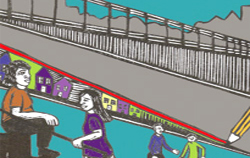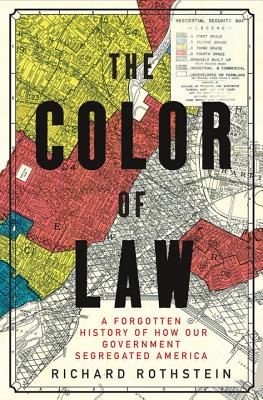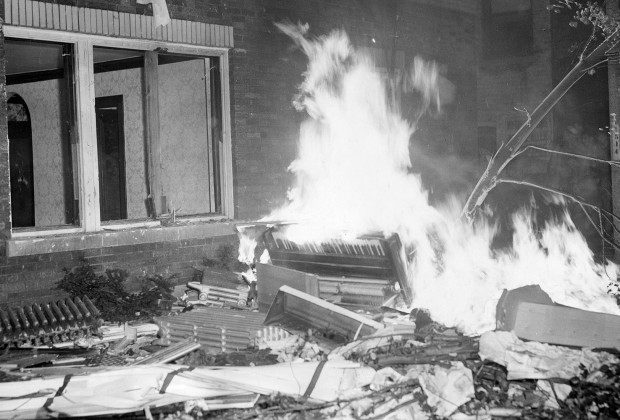On June 8, 1966, protesters with the Action Coordinating Committee to End Segregation in the Suburbs (ACCESS) took to the Washington, D.C. Beltway, starting at Georgia Avenue and marching for 66 miles over four days to protest housing segregation in the D.C. suburbs. While advocating for integrated housing, marchers were met with angry motorists and counter-protesters who supported the status quo.
As the Historical Marker Database describes,
ACCESS members viewed the Beltway as a symbolic “noose of segregation” that prevented Black families from moving out to the suburbs. Throughout the region, developers, property owners, management companies and realtors had systematically shut Black people out from for sale and rental housing. The march was part of a broader direct action campaign throughout 1966 and 1967 that targeted segregated apartment complexes and housing developers’ homes and offices in the D.C. suburbs. The Montgomery County Council addressed housing discrimination by adopting a fair housing ordinance on July 20, 1967, and on August 15, 1968, a broad fair housing law that complemented the Fair Housing provisions of the U.S. Civil Rights Act of 1968.
Watch the video “Remarkable Montgomery: The Beltway March” below, a project of the Montgomery Planning’s Historic Preservation Office.
Classroom Story
To prepare for reading A Raisin in the Sun, I asked my students to investigate the history of their neighborhoods. I presented teams of students with a range of artifacts — newspaper headlines, photos, advertisements — that documented life over the past century in Silver Spring, Wheaton, and Glenmont. Students perused the artifacts and noticed familiar places in the neighborhood and also identified changes over time.
For example, 25 years ago there was a grocery store in what is now a Staples, and I asked students about the impact that may have had on their neighborhood. One of the artifacts was a photo of the Beltway March, an action organized by ACCESS (the Action Coordinating Committee to End Segregation in the Suburbs) in 1966 in which participants walked around the Capital Beltway for four days to protest housing segregation.
In another artifact, we saw how developers sought to attract white D.C. residents to move to the suburbs, and we noticed how the developers sought to prevent Black people from moving into particular neighborhoods. We looked at photographs of Lyttonsville, a neighborhood in Silver Spring developed by Black people, and now with the ACCESS march, we saw people pushing back against segregation all around the D.C. suburbs. We watched a video to learn more about the march and paid attention to words like “systematically” and “campaign” to see how institutions work together to enable racism, and on the other side, how people come together to take action in an organized way through campaigns and movements.














Twitter
Google plus
LinkedIn